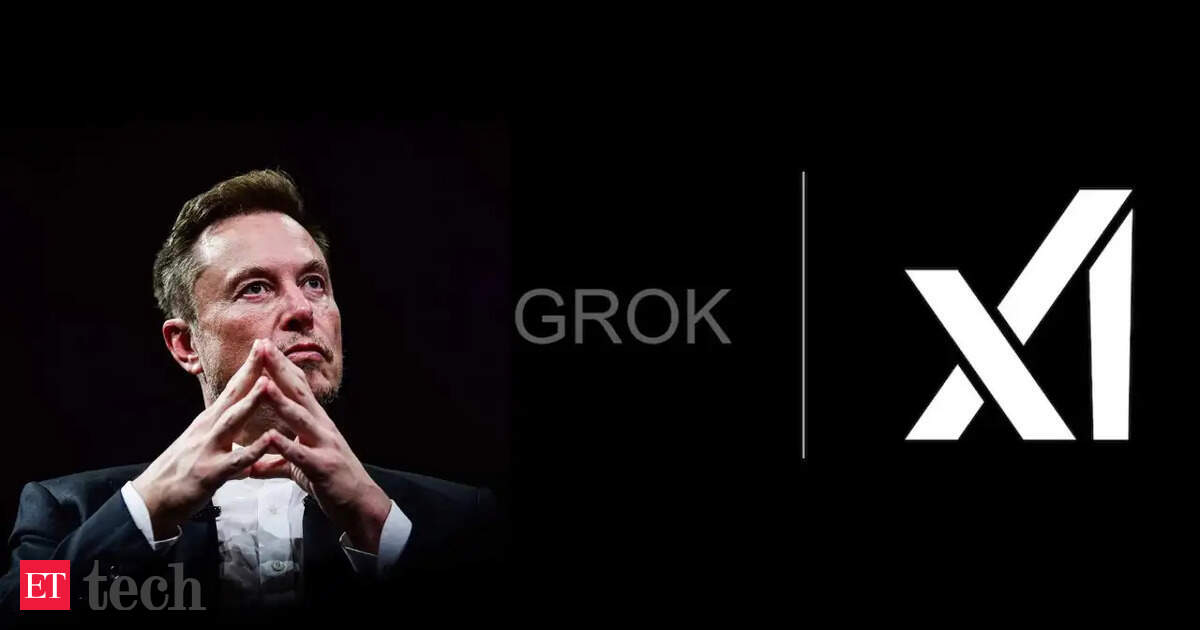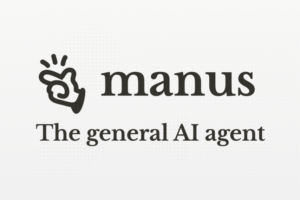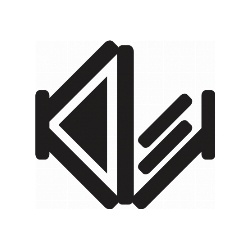xAI Launches Grok 3.5 Beta for SuperGrok Subscribers, Competing with Alibaba’s Qwen3

Elon Musk’s AI Venture: Grok 3.5 Launch Insights
Elon Musk’s artificial intelligence company, xAI, is preparing to release an early beta version of its large language model called Grok 3.5. This model will soon be available to SuperGrok subscribers. The announcement came shortly after Alibaba unveiled its own language model suite, Qwen3. Grok 3.5 is designed to enhance the features of its predecessor, Grok 3, which was launched in February. Musk emphasizes that this rollout symbolizes the onset of an era focused on “reasoning agents.”
Advances in Grok 3.5
Grok 3.5 promises to improve upon the capabilities demonstrated in Grok 3. xAI describes the new version as an advancement in AI reasoning, claiming it can tackle more complex tasks thanks to its enhanced cognitive abilities. This marks a significant step in the ongoing development of AI technologies that can process information, reason, and make decisions more similar to human intelligence.
The Open-Source Rivalry
The announcement of Grok 3.5 comes at a time when its key competitor, Alibaba’s Qwen3, has also made headlines. Qwen3 boasts capabilities that include up to 235 billion parameters and an extensive context window of 128,000 tokens. This model has been trained on a vast dataset containing 36 trillion tokens and is designed to support 119 different languages, according to an Economic Times report.
Unlike Grok, which is proprietary, Alibaba’s Qwen3 is openly accessible via Hugging Face, a platform that emphasizes community-driven projects. xAI’s approach, in contrast, focuses on a closed ecosystem that targets specific user groups, prioritizing performance in reasoning over broad accessibility or scale.
Major Funding Behind xAI
To support its ambitious projects, xAI has raised an impressive $6 billion in funding. This financial boost comes from a combination of U.S. venture capitalists, tech companies such as Nvidia and AMD, and sovereign wealth funds from countries like Saudi Arabia and Qatar. The objective is to accelerate the development of Grok and its associated infrastructure.
New Features for Enhanced User Experience
An exciting addition to Grok is its new memory feature, which allows the model to remember information across different sessions. This move is part of a growing trend towards creating context-aware and persistent AI agents that can offer a more personalized user experience.
Competitive Landscape in AI Development
The AI industry is witnessing a noticeable shift with key players like Microsoft, which is in the process of testing models from xAI, Meta, and DeepSeek. This strategy aims to lessen dependency on OpenAI, manage costs, and diversify Microsoft’s AI offerings.
As proprietary models from OpenAI, Google, and Microsoft vie for attention, they are facing stiff competition from a wave of innovative open-source models, including those developed by Chinese companies like Alibaba’s Qwen3. Each approach has its own merits and challenges, with performance, accessibility, and safety constantly under scrutiny.
Future of AI Models
Industry experts are closely monitoring the evolution of both open-source and proprietary AI models as the competition heats up. OpenAI CEO Sam Altman has hinted that future iterations of AI models, possibly versions like GPT-5 or GPT-6, may aim to exceed human intelligence in certain areas.
This rapidly evolving landscape suggests that the race for the next generation of AI technology will be multifaceted, involving various strategies and frameworks, each with differing implications for users and developers alike.






